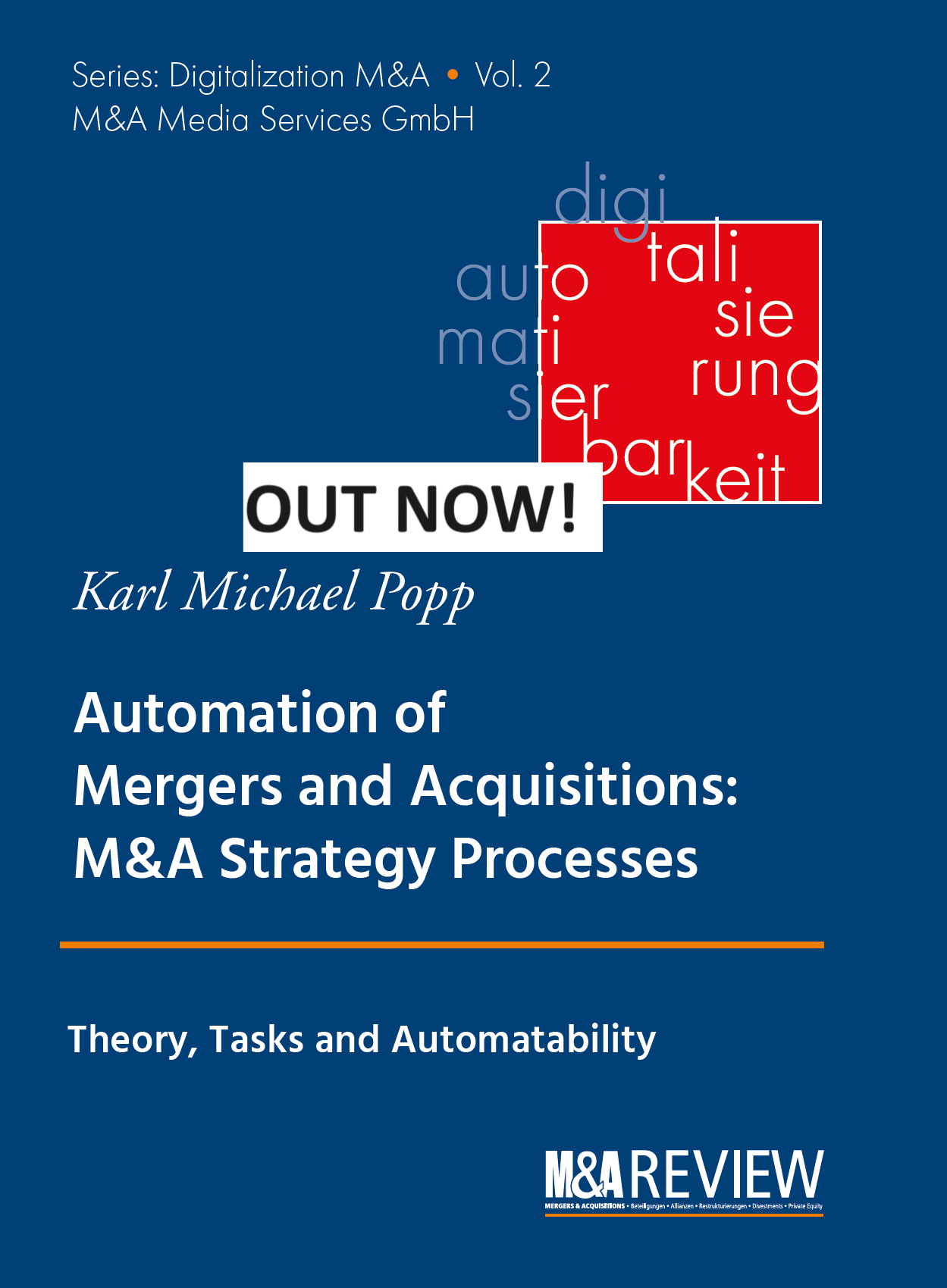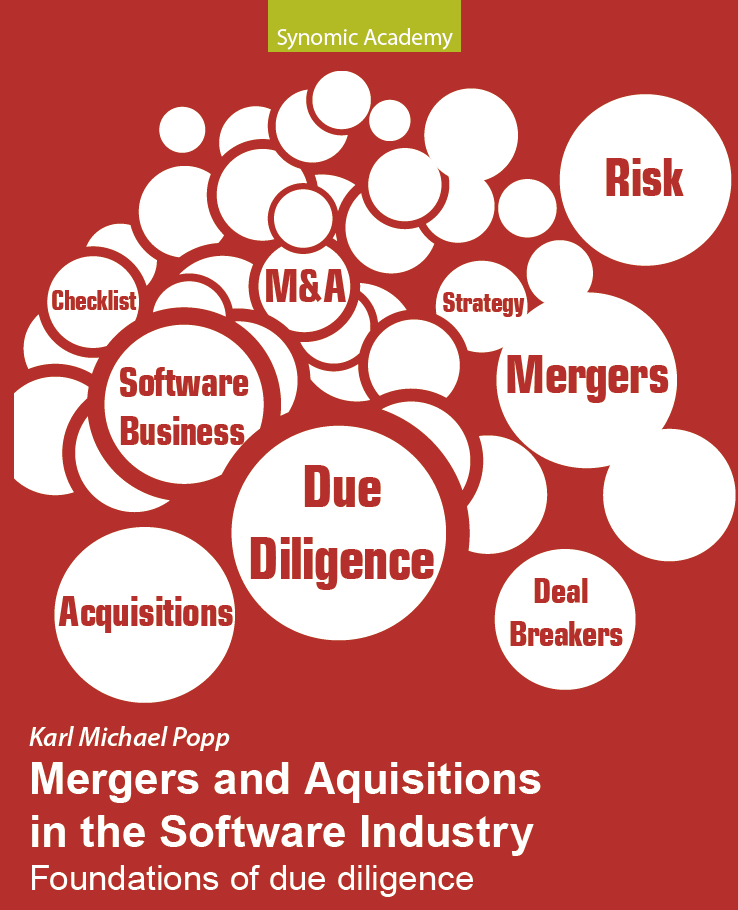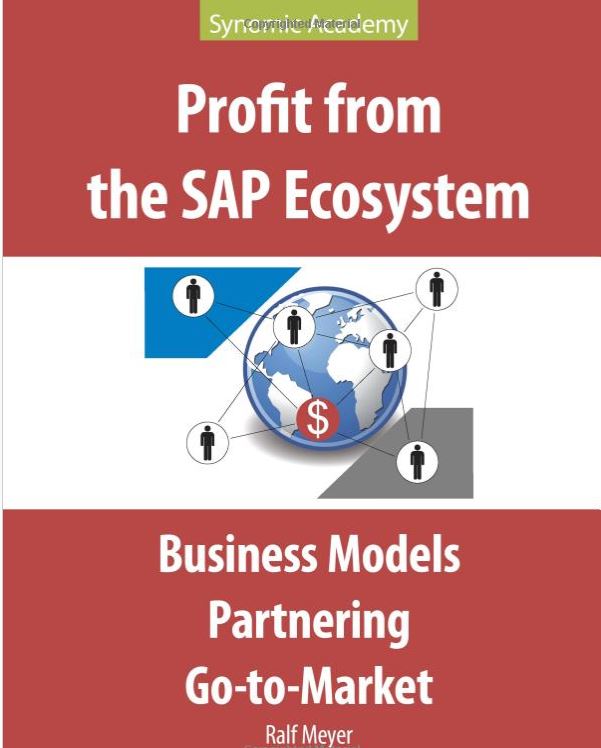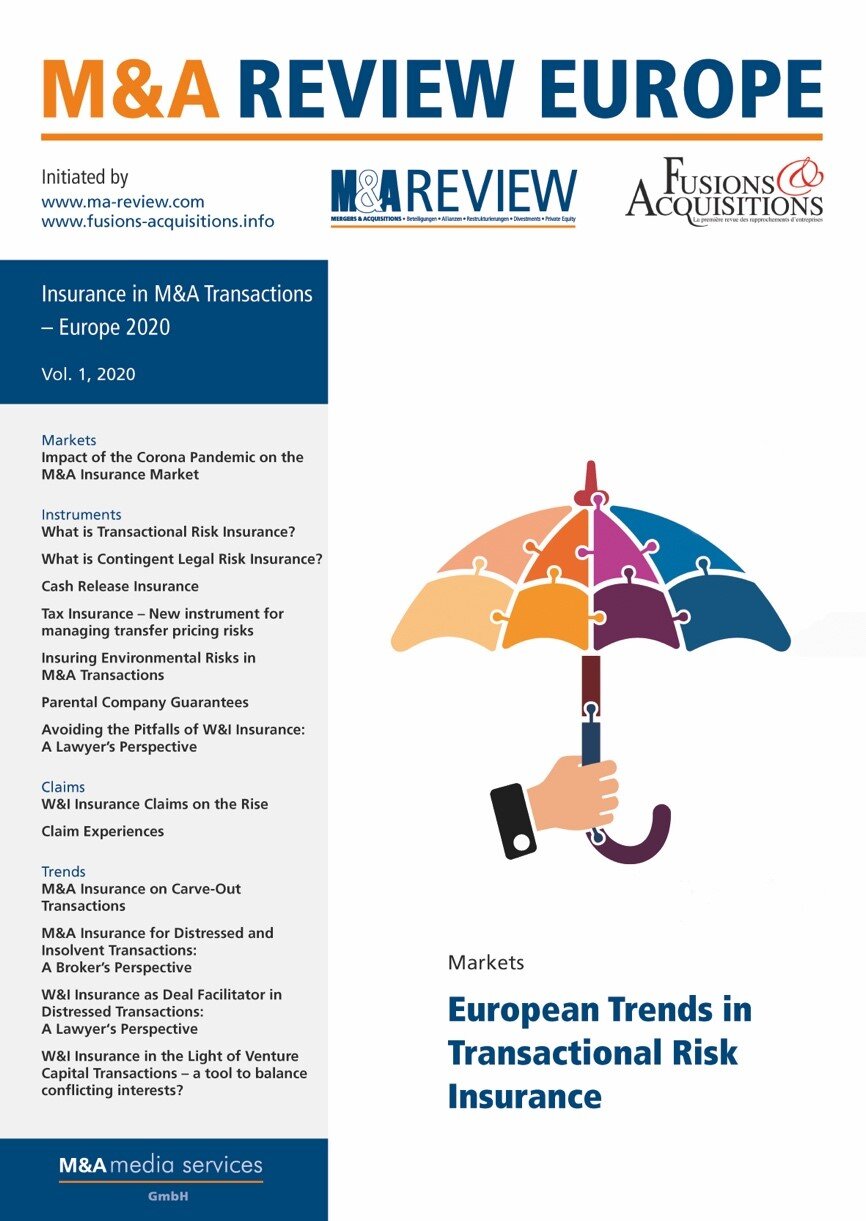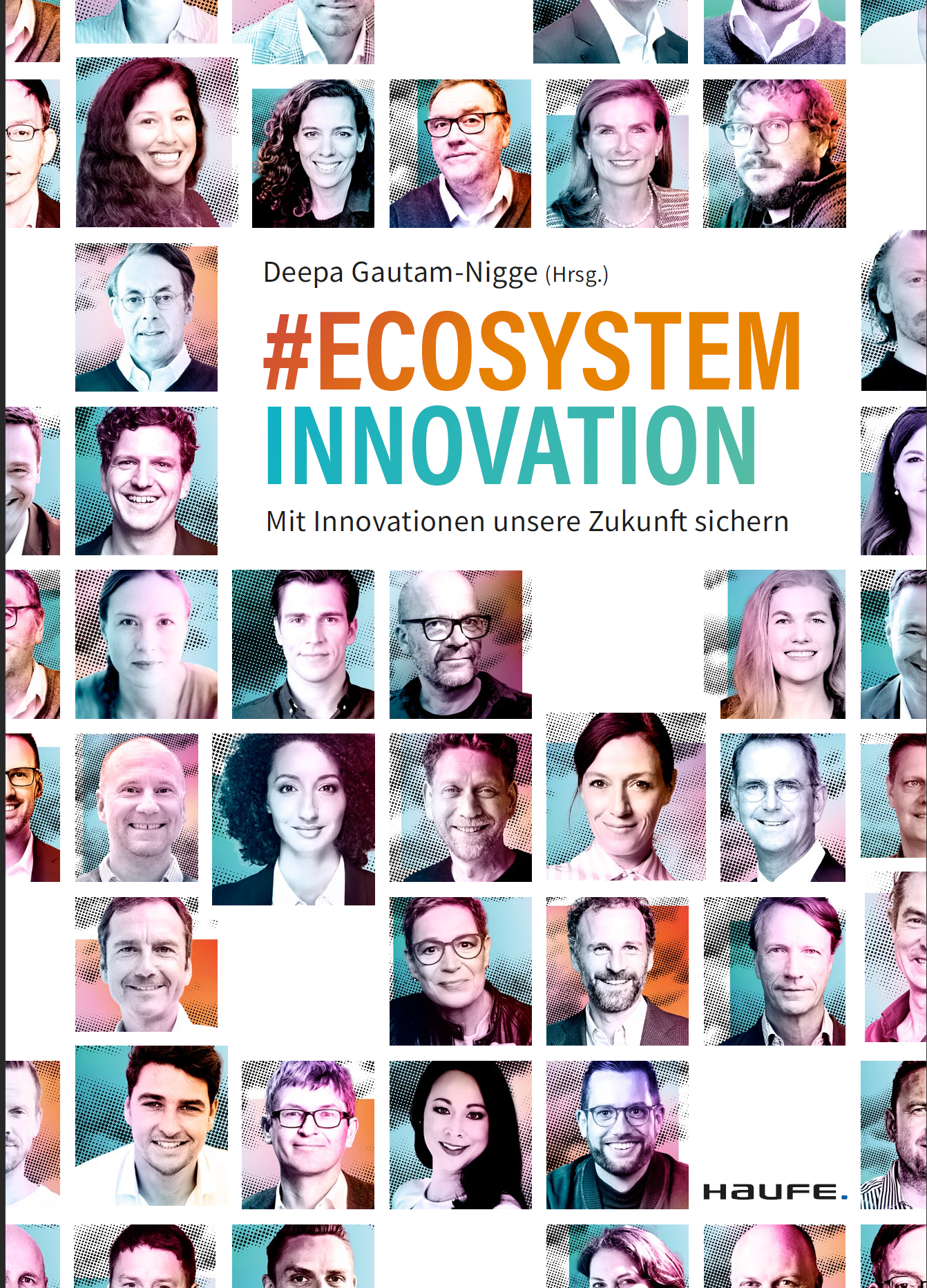Post-Merger Integration in 2030: The Gen AI Revolution
This blog is in the Top 25 M&A blogs worldwide according to Feedspot.
As we cast our gaze toward the horizon of the year 2030, it becomes increasingly evident that the domain of post-merger integration is poised to experience a significant and transformative evolution, one that is primarily driven by the remarkable capabilities and functionalities of Gen AI-enabled bots, which are set to redefine traditional methodologies. In this envisioned future landscape, a multitude of tasks that have historically been managed by clerical personnel and subject matter experts will progressively be automated through advanced technologies, resulting in a more efficient and seamless integration process that enhances organizational coherence and operational fluidity. Herein lies an exploration of how these developments are anticipated to unfold:
The Role of Gen AI Bots
Automating Routine Tasks
Clerical duties such as data entry, document management, and compliance assessments, which have historically required substantial human effort and time, can now be adeptly handled by Gen AI bots, thus freeing up human resources to focus on more strategic endeavors that align with the overarching objectives of the organization.
Enhanced Decision-Making
By harnessing vast datasets and employing sophisticated algorithms, these AI systems have the capacity to significantly assist in the realm of strategic decision-making, providing invaluable insights that facilitate smoother transitions and lead to more successful integrations, ultimately enhancing the decision-making framework within the organization.
Real-time Integration Management
Gen AI bots possess the capability to continuously monitor integration processes in real-time, allowing them to promptly identify and rectify discrepancies as they arise, which not only diminishes downtime but also streamlines operational processes, thereby optimizing overall efficiency.
Optimizing Human Resources
Through the strategic redirection of human talent to concentrate on creativity and innovation, Gen AI enables experts to engage in tasks that necessitate critical thinking and complex problem-solving, while alleviating them from the burdens of routine data handling that can be effectively managed by automated systems.
Transformational Benefits
Speed and Efficiency: With the integration of AI technology managing the majority of operational tasks, organizations can achieve the completion of integration phases at a significantly accelerated pace, thereby reducing the duration of typical disruption periods that often accompany such transitions.
Expense Reduction: The use of automation lessens the requirement for a large human workforce, leading to considerable financial savings while still upholding superior accuracy and reliability in operational tasks.
Strategic Advancement: By placing reliance on AI for the generation of data-driven insights, companies are afforded a competitive advantage in the strategic development of initiatives that follow a merger, positioning them favorably within their respective markets.
Example
Let us examine the task of 'issuing salary notifications to newly hired employees' as a prominent illustration of how these innovations will be realized. At this moment, this task necessitates significant cooperation and participation among different human managers in sectors including HR, compensation, and contracts. However, in the year 2030, it is anticipated that this process will evolve into an interaction predominantly facilitated by Gen AI-enabled bots, which will execute the majority of the required activities autonomously and will only revert to a human expert for approvals or decisions that exceed the capabilities of the bots or fall outside their permitted scope of action.
Conclusion
In the year 2030, the landscape of post-merger integration will be profoundly shaped and influenced by the rapid advancement of Gen AI-enabled bots, which will not only optimize operational efficiency but also empower organizations to allocate their resources towards innovation and strategic growth initiatives. As the landscape of artificial intelligence progresses at an unmatched speed, its capacity to change the business integration process is without limits, presenting a range of unique opportunities for development and enhancement within the corporate environment.
Read my book “Automating the deal” that shows tools that help automate the M&A process


